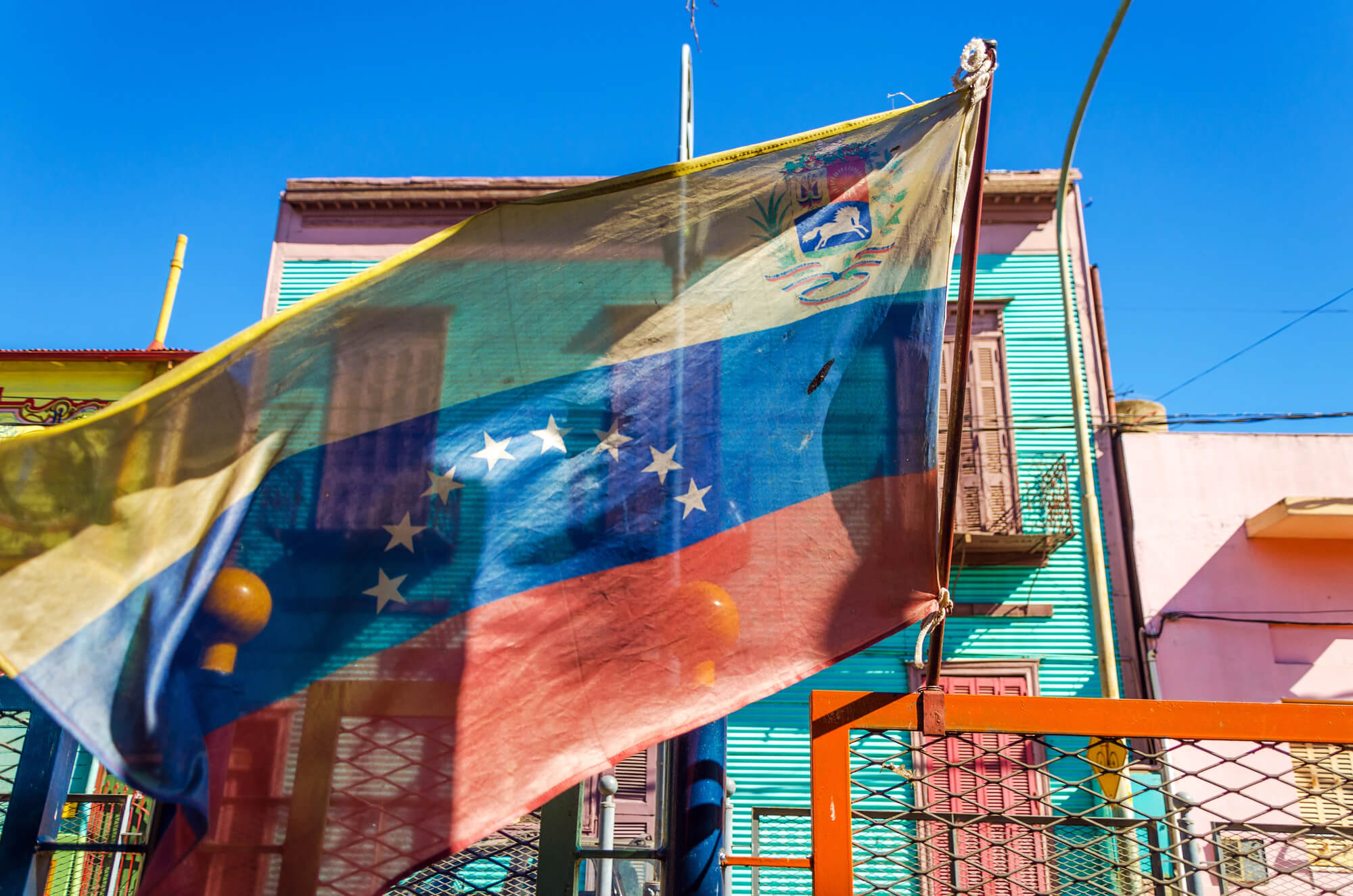A collection of letters from the 19th century has been discovered in Japan recently, which document, among other things, a plan by a Japanese warlord to take revenge on the “black ships” of the United States.
The United States sent warships to Japan in the 19th century, urging the isolated country to open its ports to foreign trade. Tokugawa Nariaki (1800-1860), a daimyō who ruled the Mito region (present-day Ibaraki Prefecture) at the time, was very angry and planned to hijack a ship and kill the high-ranking delegates on board.
value set
The letter, in which Nariaki once recorded his plans for revenge, was found among 103 letters and documents from prominent figures from the last days of Japan’s feudal past and after the Meiji Restoration of 1868.
The Nozaki family has preserved valuable historical documents. The Nozaki family was known as the “Kojima Salt Plantation King” during the Edo period (1603-1867).
Her old residence, already classified as an Important Cultural Property by the government, is now run by the Ryuo Kaikan Foundation.
According to official information, 16 of the documents found refer to Nariaki. Not only was he a prominent nationalist, he was also the father of Tokugawa Yoshinobu, the fifteenth and last ruler of the Tokugawa shogunate.
Nariaki planned revenge
One of Nariaki’s letters begins with a subject line in red ink that reads, “On Burning Barbarians”. In this letter, he openly expressed his dissatisfaction with the United States and its completely disrespectful, in his opinion, behavior.
The document was sent to his close friend Fujita Toko in 1855, a year after the signing of the peace treaty between Japan and the United States of America.
In this letter, Nariaki also reveals his revenge plan. Accordingly, he wanted to board one of the ships under the pretense of wanting to entertain the American delegates, kidnap it, and then kill the leading members with swords.
Ambassador of Japan
Among the documents are 64 writing fragments relating to Tomomi Iwakura (1825-1883).
Iwakura was sent by the Japanese government as Ambassador Plenipotentiary to the United States and Europe in the first decade of the Meiji era (1868-1912).
One of the letters found is from Toshimichi Okubo (1830-1878), a samurai from the Satsuma region (present-day Kagoshima Prefecture) and one of the leading architects of the Meiji Restoration.
The samurai contacted the Japanese ambassador to ask how to proceed with Hanseki Hokan to induce the domain’s leaders to surrender their lands and people to the Emperor.
Documents must be issued
Thirty-six of the 103 newly discovered documents have been on display since January 7 as part of a special exhibition at the Kita District Preservation Museum in Okayama.
In addition, a reference book containing a collection of historical documents will be published as early as next February.

“Award-winning music trailblazer. Gamer. Lifelong alcohol enthusiast. Thinker. Passionate analyst.”







More Stories
American actress: Mad Men star Christina Hendricks is married
Primary residence in the USA: Harry turns his back on Great Britain – Culture & Entertainment
Prince Harry: His new main residence is officially the United States of America